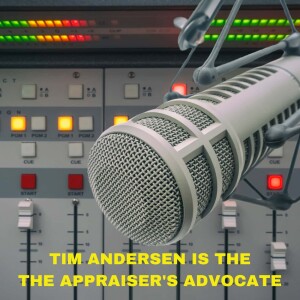
USPAP and Cash Equivalency? No! Surely, with all the mechanics of an appraisal there are to worry about, now there is another one!? Say it ain’t so! It would be nice simply to ignore cash equivalency (since, after all, there is math involved). But the definition of Market Value dictates otherwise. USPAP dictates otherwise [see SR1-2(c)(i-iv)]. The GSE’s sales guides, etc. dictate otherwise. It’s true – we can’t escape cash equivalency. So, we might as well get used to it, get used to understanding it, and get comfortable with calculating it. We don’t have much of a choice if we want the Public to trust us appraisers. We do want the Public to trust us, right?
At its essence, the concept of USPAP and cash equivalency comes down to a simple statement. Any property’s cash equivalent price is what it would have sold for if the buyer paid all cash (no mortgage) at the closing table, the seller took all cash, and they each paid their own closing costs. True, the math behind that can be a bit intimidating. However, it is also possible to pick up the phone, call a party to the transaction, and ask if the sales price was cash equivalent. No math involved in that one. True, you will probably have to explain what cash equivalency is, which means you must understand it to explain it. And, true, that party could lie to you and tell you what you want to hear. But the point is, you will have verified cash equivalency with a party to the transaction, which is all you can do.
So, yes, the concept of USPAP and cash equivalency is one we appraisers must deal with. But, as we do, we give our clients a true picture of the market. That’s our job, right?
More Episodes
 2024-11-04
2024-11-04
 2024-09-23
2024-09-23
 2024-09-09
2024-09-09
 2024-08-26
2024-08-26
 2024-07-29
2024-07-29
 2024-07-01
2024-07-01
 2024-06-17
2024-06-17
 2024-06-03
2024-06-03
 2024-05-20
2024-05-20
 2024-05-06
2024-05-06
 2024-03-11
2024-03-11
Create your
podcast in
minutes
- Full-featured podcast site
- Unlimited storage and bandwidth
- Comprehensive podcast stats
- Distribute to Apple Podcasts, Spotify, and more
- Make money with your podcast
It is Free
- Privacy Policy
- Cookie Policy
- Terms of Use
- Consent Preferences
- Copyright © 2015-2024 Podbean.com





